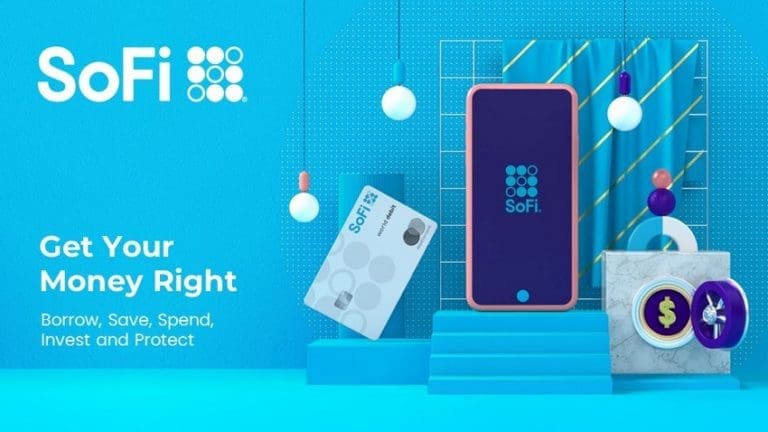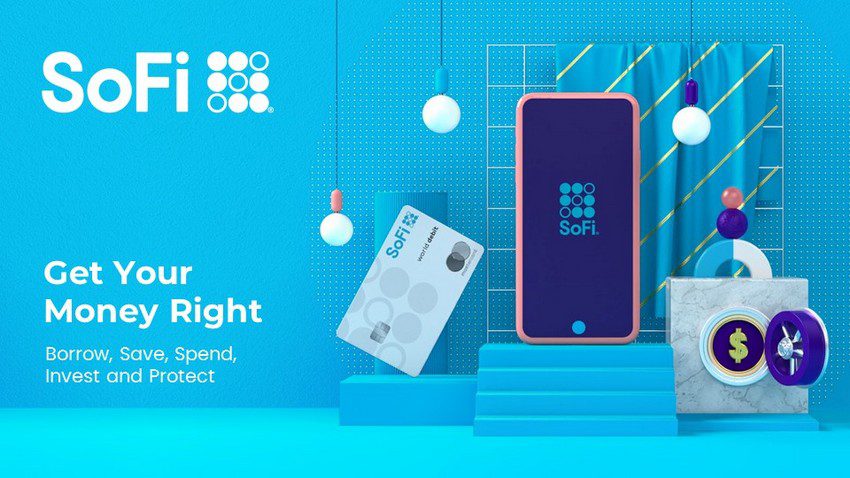Big news from SoFi today. While we know that the company has been considering going public for some time, we learned today that they will do so, not via an IPO, but through a Special Purpose Acquisition Company (SPAC) deal. The publicly traded SPAC, Social Capital Hedosophia Holdings Corp. V (NYSE:IPOE) has agreed to merge with SoFi in a deal that values the fintech at $8.65 billion. The deal will provide up to $2.4 billion in cash proceeds and is expected to close in the first quarter.
Well known Silicon Valley venture capitalist, Chamath Palihapitiya, the founder of Social Capital, is the architect of this deal. Here is what he said in an interview on CNBC earlier today where he gave his rational:
What I did was systematically try to future out what was broken in banking, and try to figure out which company was the best representative of the solution people wanted. SoFi was the top of the list when I looked across all the companies.
So, from his perspective SoFi is best positioned to take advantage of the trends shaping banking today. CEO Anthony Noto said at LendIt Fintech USA last year that he wants SoFi to be a top 10 financial institution in the coming years and that was one of the driving forces behind their 20-year deal for the naming rights to SoFi Stadium. They have probably the broadest product set of any fintech company today so no doubt that was part of the appeal to Palihapitiya.
You should check out SoFi’s official investor presentation which details not just their financials but also shows how they view financial services and SoFi’s role in it. They talk about leveraging the financial services productivity loop where building trust with one product leads consumers to using multiple products. As of December 7, 2020, SoFi had 1.7 million members of which 398,000 were multi-product members. They plan to grow those numbers 75% and 95% respectively in 2021.
Now, adjusted EBITDA was negative in 2019 and 2020 but they are projecting that to shift to a small profit in 2021. Revenue was estimated to be $621 million in 2020, with the vast majority still coming from their lending operation. In fact, the lending operation still funds the rest of their activities with the other financial services offerings having a negative $133 million contribution margin in 2020. That is not supposed to turn positive until 2023.
One should not underestimate the importance of SoFi’s acquisition of Galileo last year because this gave SoFi a successful technology services business that is profitable. If you look at the numbers in the official filing, SoFi’s technology platform (which I presume is primarily Galileo) generated $53 million in contribution margin in 2020 on revenue of $103 million. That is a good business.
Here is the official statement from CEO Anthony Noto on this deal:
SoFi is on a mission to help people achieve financial independence to realize their ambitions. Our ecosystem of products, rewards, and membership benefits all work together to help our members get their money right. With the secular acceleration in digital-first financial services offerings, SoFi is the only company providing a comprehensive solution all in one app. The new investments and our partnership with Social Capital Hedosophia signify the confidence in our strategy, the momentum in our business, as well as the significant growth opportunity ahead of us. We look forward to helping more people get their money right in the years to come.
SoFi will become a publicly traded company when the deal closes. We should point out that SoFi received preliminary approval from the OCC for a national bank charter in October. According to the press release $150 million of the transaction proceeds will be used to clean up the SoFi cap table that will be more conducive to obtaining the bank charter.
This is the first blockbuster fintech deal of the year. Beating them to the punch, though, will be Affirm, which is getting set to go public on Nasdaq in an IPO as soon as January 13. So, while last year was the year for fintech M&A this year is quickly shaping up to be the year that fintech hits the public markets in a big way. It is going to be an interesting ride.



